Back in the day, the golden age of music, one might say, artists crafted songs with a didactic intention. They felt the need to voice their moral opinion and connect the world not just through melody, but also through metaphysics. You can surely name a surplus of artists who did ambitiously try this, and in that list, you’d probably name Graham Nash of CSNY.
Videos by American Songwriter
Graham Nash has consistently expressed his political, social, and moral perspectives through his music. Nash, was by no means the first person to ever do this, and he wasn’t the only person in CSNY who did this as well. However, in CSNY’s extensive catalog, there exists one political song that stings with a pathos that, in consequence, incites both internal and external conversation about war, weapons, and their effect on the innocent youth. That song is the 1970 single, “Teach Your Children.”
CSNY’s “Teach Your Children” is on par with the great protest songs such as “Ohio”, “Fortunate Son”, “The Revolution Will Not Be Televised”, and every Bob Dylan song from the early 60s. It’s potent, poignant, and pokes in all the right places. Well, Graham Nash himself had to be poked before he did the poking, and a piece of photographic art is what incited him to create this morally educational song.
The Photographs That Stuck With Graham Nash
In an interview with CBS New York, Graham Nash divulged how the inspiration behind “Teach Your Children” came to be. In his interview, he stated, “I’d given my collection to the De Saisset Museum in California for an exhibit, and the curator there had put together…[a picture] of a boy in Central Park with a hand grenade… next to an Arnold Newman portrait of Krupp.” Who, as Nash explained, was “The German arms manufacturer family.”
“When I saw these two pictures together, I really realized that if we didn’t teach our kids a better way of dealing with ourselves and our fellow human beings, that humanity itself was in trouble,” added Graham Nash. So armed with a motivation, Nash seemingly went on to write the song to articulate the very motivation.
We won’t burden you with our analysis of the song, but its contents are timeless. Above all, this story is a great example of how creating art just begets the creation of more art. Because, if it were not for that pairing of photos and the butterfly effect it entailed, Graham Nash would likely have never written the song.
Photo by Michael Putland/Getty Images


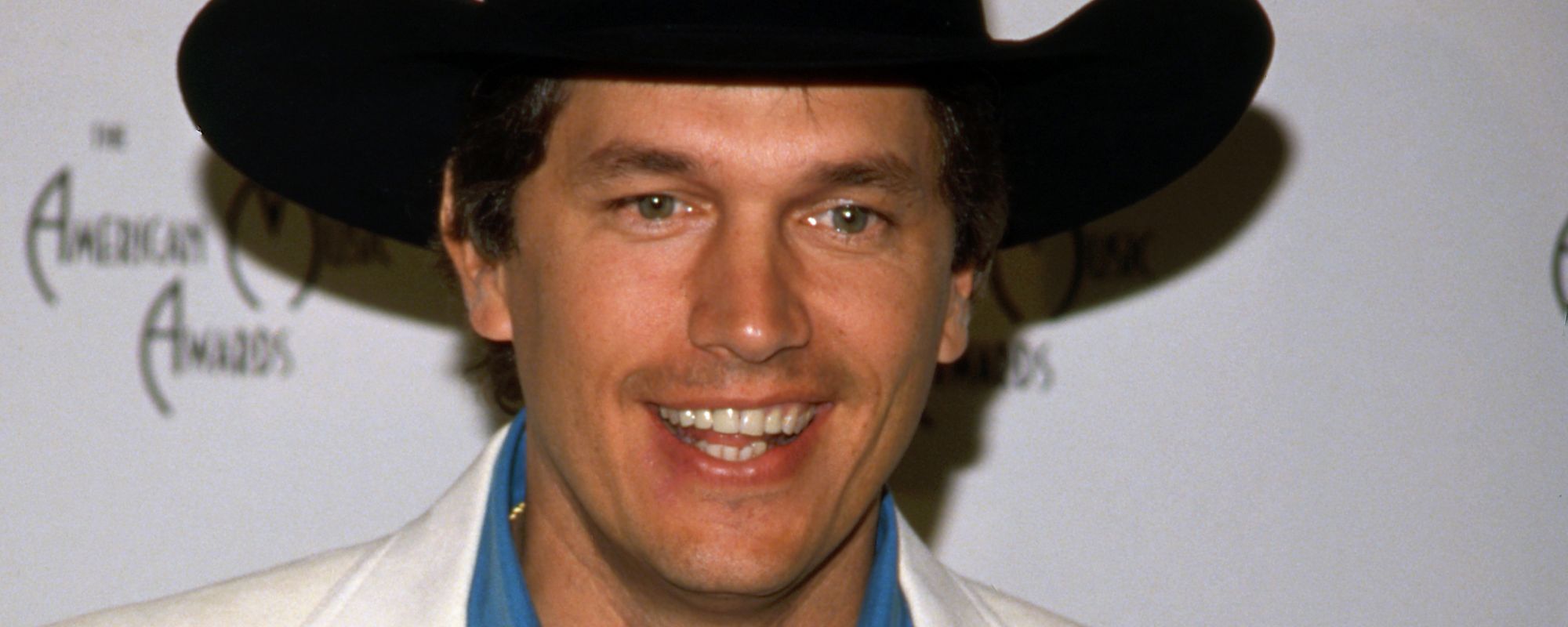
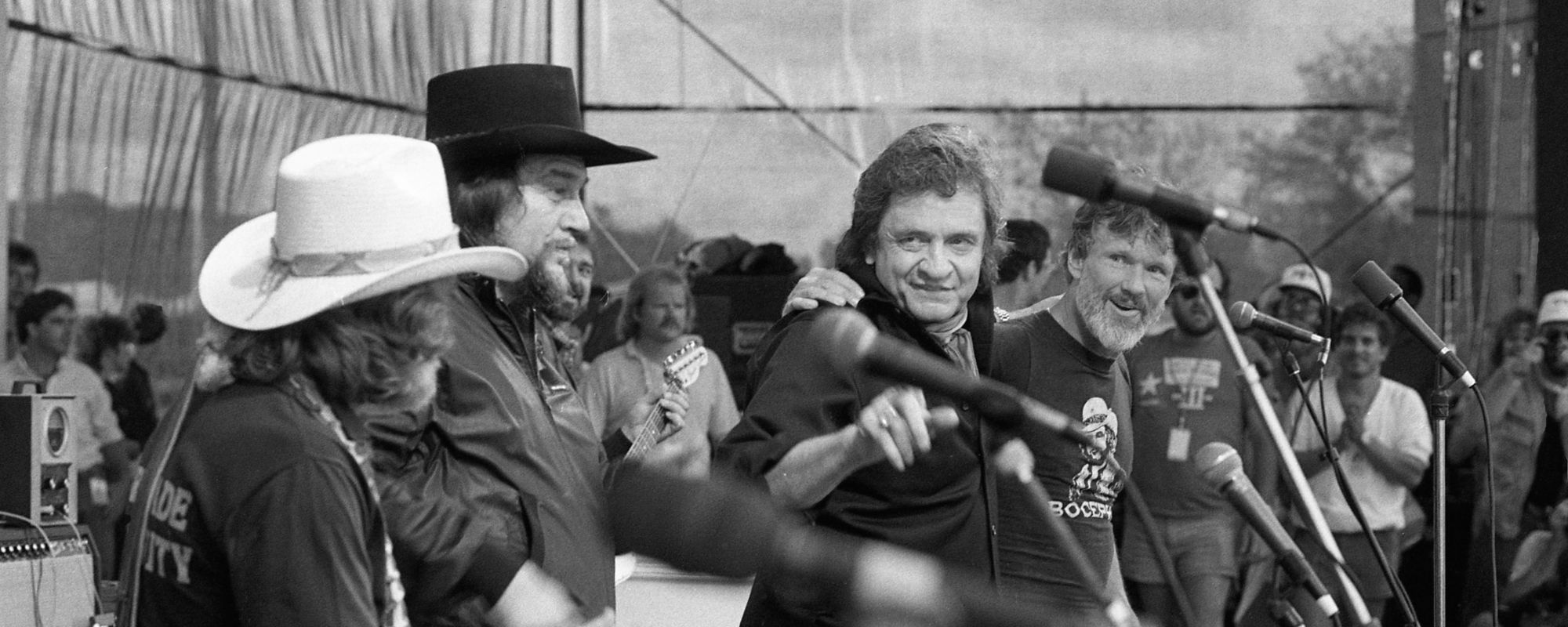

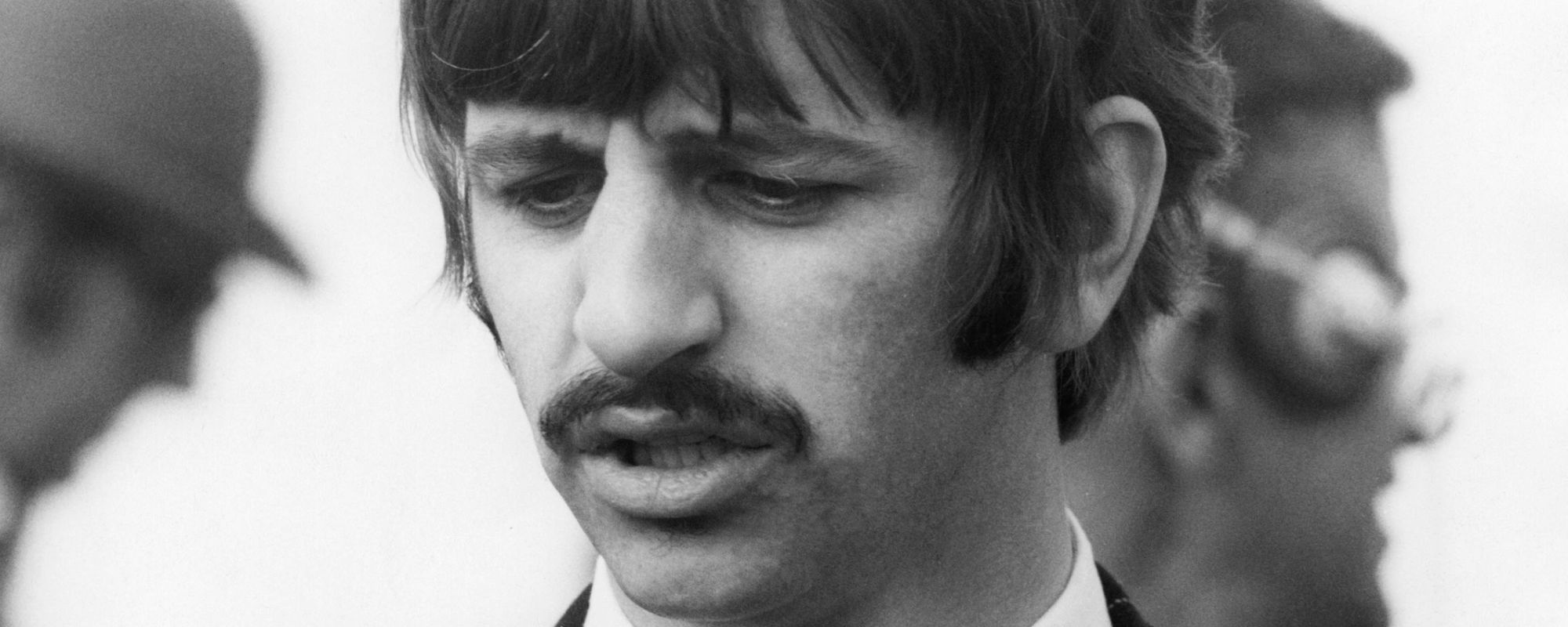


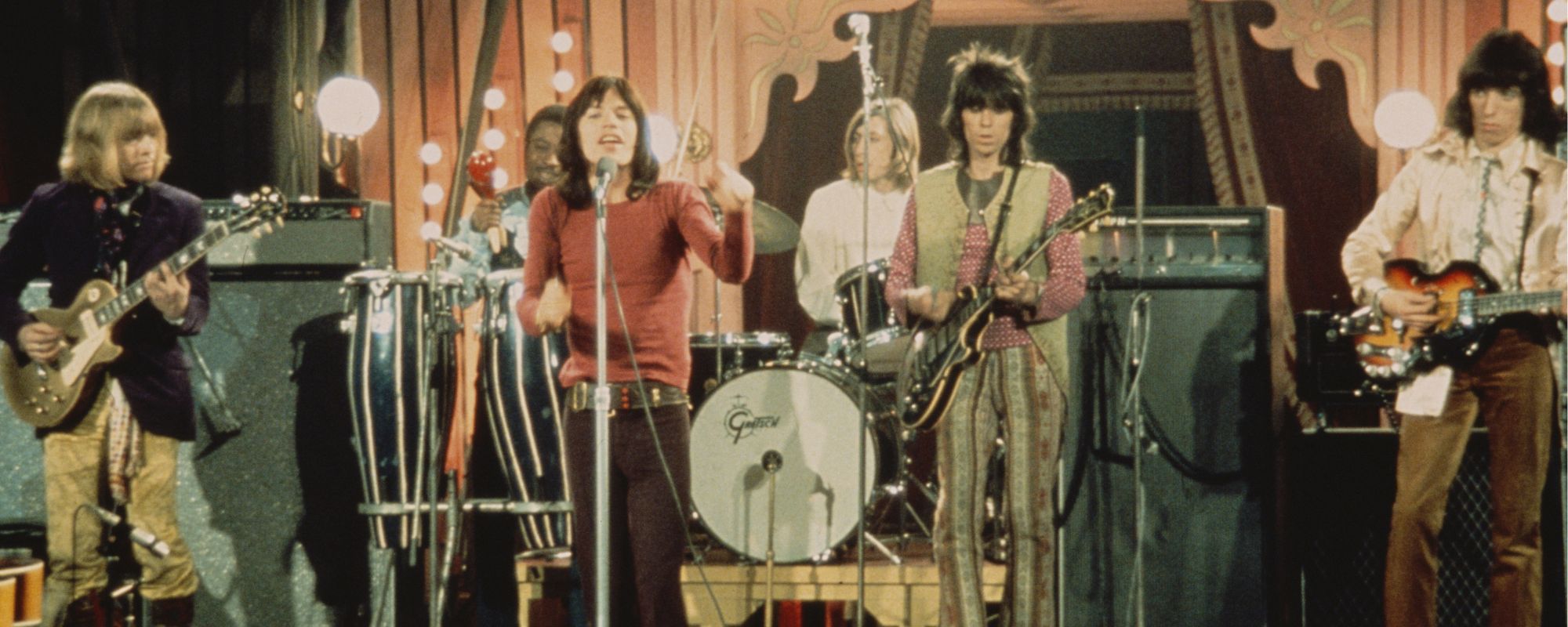

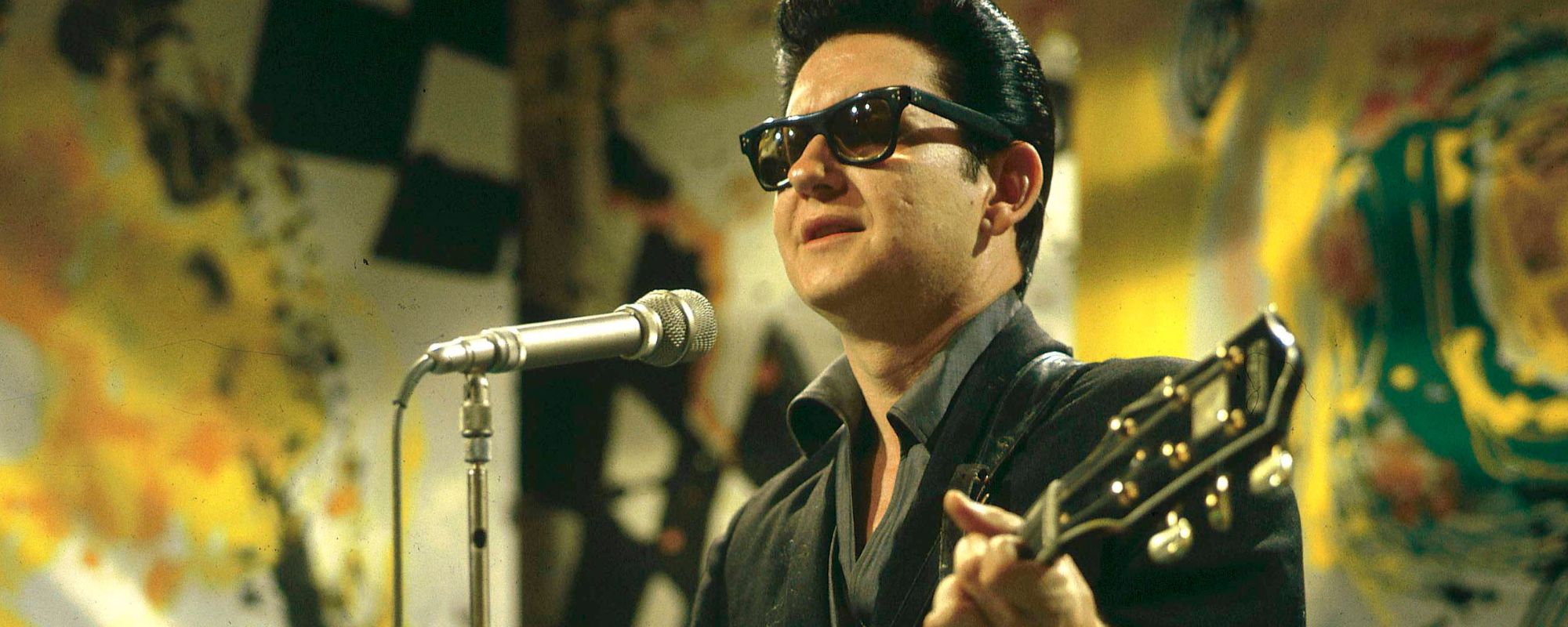
Leave a Reply
Only members can comment. Become a member. Already a member? Log in.